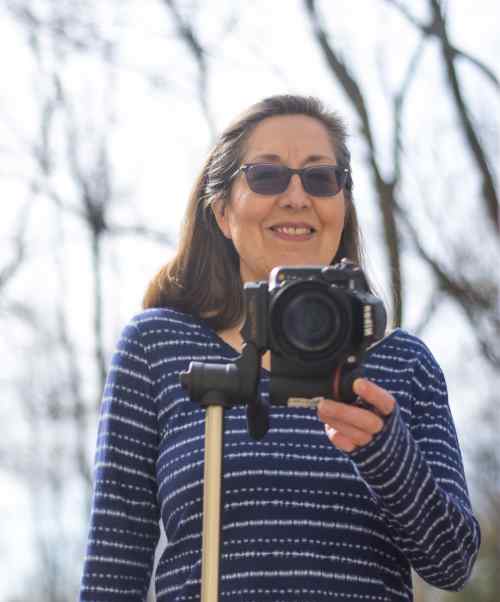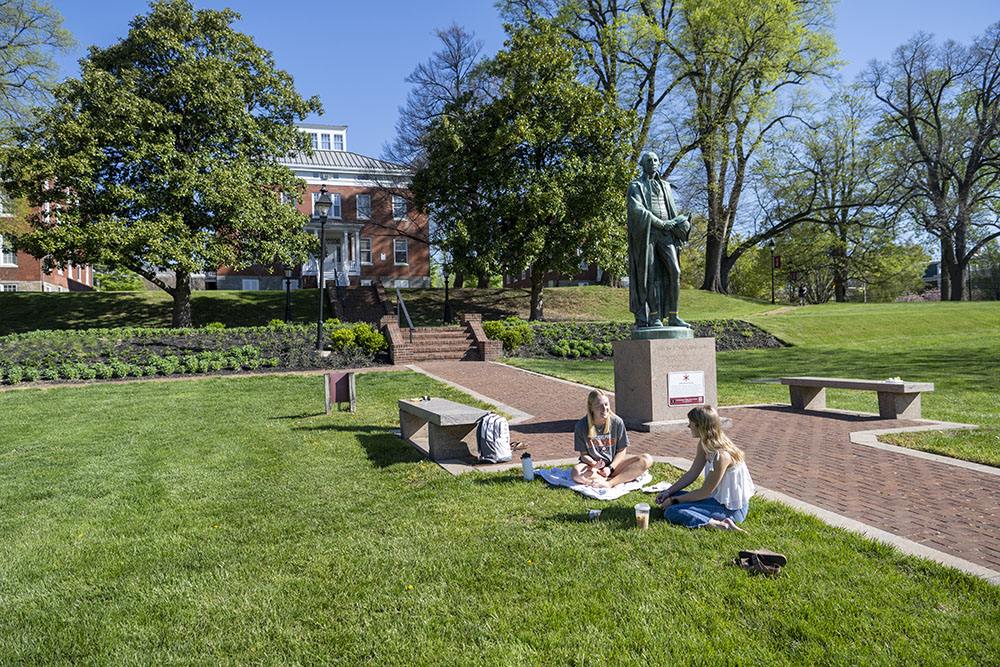 Earlier this spring, the Washington College Starr Center for the Study of the American Experience was awarded a $10,000 Public Art Across Maryland (PAAM) grant from the Maryland State Arts Council to begin planning for a major artwork of national significance that engages African American history and culture in the Chesapeake Tidewater region.
Earlier this spring, the Washington College Starr Center for the Study of the American Experience was awarded a $10,000 Public Art Across Maryland (PAAM) grant from the Maryland State Arts Council to begin planning for a major artwork of national significance that engages African American history and culture in the Chesapeake Tidewater region.
The planning grant will fund a wide array of activities open to the public, including regional bus tours, public presentations by experts in art and African American history, and community forums. These events will ensure that all interested members of the local community will have the opportunity to contribute meaningfully to the process of commissioning the artwork. The artwork will be installed outside the historic Custom House in Chestertown, MD, near the bank of the Chester River.
The project grows out of Chesapeake Heartland: An African American Humanities Project, a restorative community curation initiative launched by the Starr Center in 2020 that chronicles the region’s Black history in collaboration with the Smithsonian’s National Museum of African American History & Culture and a coalition of community groups. Situating the Chesapeake Bay watershed as a national heartland of African American history and culture, Chesapeake Heartland has digitized more than 5,000 documents, images, artifacts, and recordings spanning almost 400 years; provided grants and internships to dozens of artists, researchers, and writers; and hosted over 200 public programs. The archives are free to view online.
In addition to the initial PAAM planning support, the Town of Chestertown has awarded $5,000 to the effort and Washington College’s Department of Art & Art History has given $3,000—totaling $18,000 towards stakeholder engagement for the initial planning effort.
This project will continue to strengthen Chestertown’s commitment to public art. Starting with a National Endowment for the Arts-funded master plan adopted by the Town Council in 2014, Chestertown has increased its public art through commissioned artworks and the donation of the Woicke Collection, a group of 24 contemporary sculptures.
A public artwork along Chestertown’s waterfront is envisioned by both the Master Plan and the Chestertown Unites Against Racism framework adopted in 2020, which called specifically for a work along the Chester River addressing African American history.
“An artwork of remembrance such as this needs to be pursued with great care and wide community engagement from its inception. We are developing a highly inclusive planning process working with stakeholders across the Upper Shore, the Delmarva Peninsula, and the College to identify and articulate the scope and goals of the effort,” said Jaelon T. Moaney, deputy director of the Starr Center and project lead. “The African diasporic history and culture unique to the Chesapeake region is sacred, and it is our intention to engage these enduring legacies with respect.”
Beginning in fall 2024, regional bus tours will engage with aligned works of public art from Philadelphia to Annapolis and across Maryland’s Eastern Shore to build community with the visionaries involved in their creation and continuing use. Registration will be required to join due to space limitations.
Additionally, during winter 2024 and early 2025, the Starr Center will host a series of public presentations and discussions with experts in contemporary public art, art history, and the stewardship of cultural heritage and historic resources to provide space for a deeper understanding of the full range of possibilities for the project. Brent Leggs, African American Cultural Heritage Action Fund executive director and senior vice president of the National Trust for Historic Preservation, will launch the series on Monday, November 4. Time and location to be announced. Those interested in joining the bus tours and public meetings should sign up for the Starr Center’s newsletter to receive notifications and sign up for more details before each event.
Next spring, the Starr Center will also host community forums to provide space for facilitated public discussion, exploring the current understanding of the regional African American experience and how a public artwork might address intergenerational memory making.
Focal to the process has been convening a 10-person planning committee with diverse disciplinary and geographic representation to inform each phase. Members of the planning committee include: Jana Carter, Charles Sumner Post #25, Grand Army of the Republic; Prof. Arlisha Norwood, University of Maryland Eastern Shore; Kate Dowd, Chestertown Public Arts Committee; Christalyn Gradison; Prof. Ada Pinkston, Maryland Commission on African American History and Culture; Vince Leggett, Blacks of the Chesapeake Foundation, Inc.; Matt Kenyatta, University of Pennsylvania Stuart Weitzman School of Design; Ashley Chenault, Maryland Tourism Development Board; DeLia Shoge, Kent County Public Schools; and Jason Patterson, Washington College.









